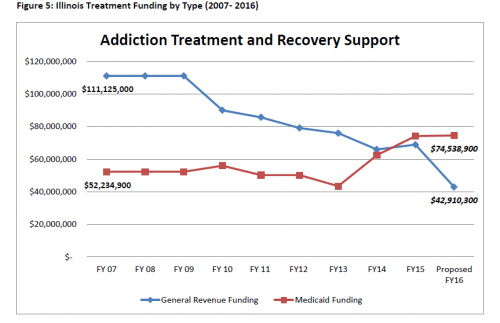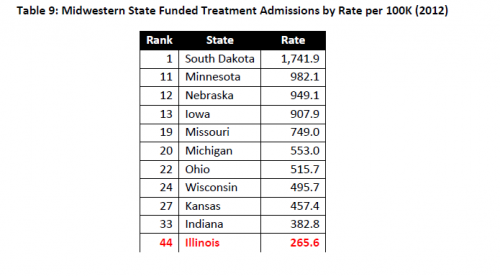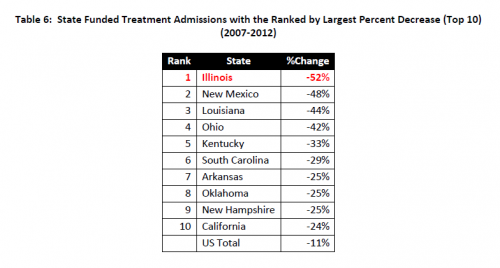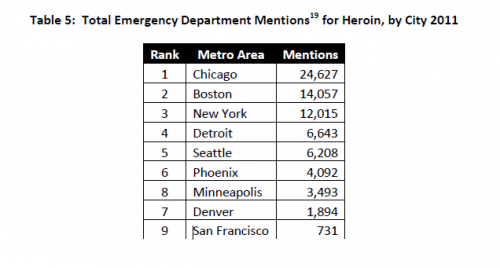With the increasing prevalence of the heroin epidemic sweeping the country, taking lives and tearing apart families and communities, Illinois is evidently one of the states where this crisis is hitting hardest.
Nationwide, the number of individuals who have reported using heroin in the past year nearly doubled between 2007 and 2013, spiking to 681,000 from 314,000. Heroin overdoses claimed 8,200 lives in 2013 -- a fourfold increase from 2002. And in 2012, those who entered state-funded treatment citing heroin as the primary substance of abuse rose to 16.4 percent, which is the highest level since data collection began in 1992, according to a new report by the Illinois Consortium on Drug Policy at Roosevelt University.
The report, "Diminishing Capacity: The Heroin Crisis and Illinois Treatment in National Perspective," lays bare the problem plaguing not only Chicago and the suburbs, but also rural areas where the drug is gaining a stronger foothold.
While heroin continues to encroach and erode the lives of thousands of Illinoisans, the dramatic decline in state-funded treatment capacity is one of the most disconcerting takeaways from the report, especially given that treatment admissions for heroin abuse is 56 percent greater than the nation as a whole.
Here are 5 of 10 alarming facts about the heroin epidemic in Illinois from the Illinois Consortium on Drug Policy's report:
10. In fiscal year 2016, state funding for addiction treatment could decrease by as much as 61 percent.
9. Illinois' General Revenue funding for addiction treatment decreased by roughly 30 percent, from $111 million in 2007 to $79 million in 2012.
8. Illinois had the lowest rate of state-funded treatment when compared to other Midwestern states.
- In 2007, Illinois ranked 28th in state-funded treatment capacity before dropping to No. 44, or third worst in 2012, behind Tennessee and Texas, respectively.
- Illinois' state-funded treatment rate in 2012 was 265 per 100,000, which was 50 percent lower than the national rate.
- Highest number of mentions among blacks (13,178) and second among whites (7,024). The only other area in the nation with more emergency department mentions among white men and women was Boston with 10,045.
- Chicago ranked highest in the total number of mentions for both males and females and second-highest per capita behind Boston.
To see five more alarming facts about the Illinois heroin epidemic, including how much impact heroin has on publicly funded treatments, check out Reboot Illinois.
Sign up for our daily email to stay up to date with Illinois politics.
- Tight federal banking rules pose challenge for Illinois' medical marijuana dispensaries
- Maxed out: Which correctional centers in Illinois are the most overcrowded?
- Top 25 cities and counties with the most DUI arrests in 2014
- Illinoisans among least likely to use drugs and alcohol to relax, according to Gallup-Healthways
- Want to tell your elected officials what you think of the state of government in Illinois? Use our Sound Off tool!




